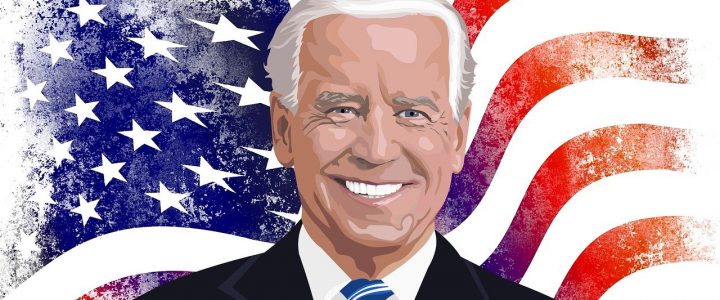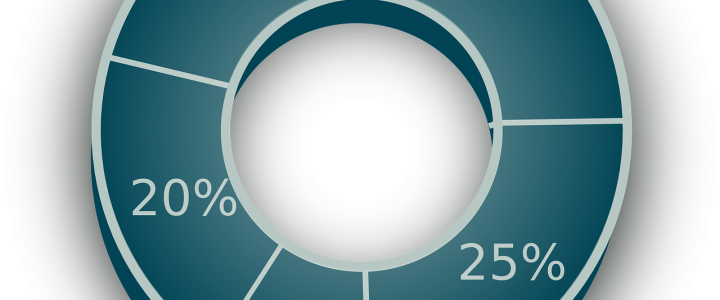Now that the great short-squeeze has lost most of it’s air, it’s back to business as usual. The indexes shook off the weak job numbers and are looking ahead to the economy recovering and growing. Last week all indexes finished up.
Last Week
January jobs created less than 50,000 new jobs. On the positive side, unemployment fell from 6.7% to 6.3%. The number of Americans filing for unemployment also declined for the 3rd straight week. Most of the Nasdaq’s gains were attributed to good earnings reports, surpassing estimates. And the volatility index dropped back into the 20’s, calming the fears of an immediate 2021 correction. Readings from the ISM report were above 50, signaling expansion. This is good news when trying to grasp how quickly the economy will recover.
The Week Ahead
The economy is continuing to recover, both at home and abroad, as vaccination efforts spread. When a stumble comes, fiscal and monetary policy will undoubtedly offer an arm to stabilize or stand up. That remains supportive to equities, government bond yields, and credit markets. Roughly 59% of the S&P500 has reported earnings, and 81% have beaten EPS estimates. Per FactSet, the blended EPS growth rate is +1.7% y/y versus December 31’s estimate of -9.3%. For now, investors will continue economic implications of the race between widespread vaccination and virus mutation, the resumption of consumption, and the likelihood of higher prices or inflation across the economy.
Total after tax income was up 7.2% in 2020, the most in any year since 2000. Right now, there is plenty of demand for goods. Incomes and savings are up year-over-year. While production is not. It is supply that is hurting. The perfect recipe for inflation. A very real threat to the long-term health of the US economy. This we will keep an eye on. Year-to-date index performance; Dow up 1.77%, S&P up 3.48%, and Nasdaq up 7.51% through the close on Friday.
Have a safe week!
This website is for informational purposes only and is not intended to be specific advice or recommendations. For specific advice or recommendations you would need to meet directly with one of our advisers.





